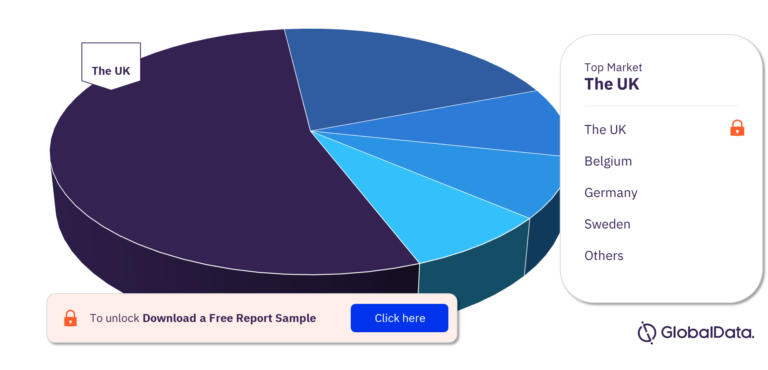In a recent study commissioned by the Belgium Gambling Commission and conducted by Ipsos, 1,000 young individuals aged between 18 and 30 were surveyed. The findings shed light on intriguing aspects of how the youth perceive and participate in gambling activities.
Legality vs. Illegality
The research indicates that legal gambling sites are considerably more recognised among the youth. A 93% of respondents claim they can identify at least one legal gambling site by its name. In contrast, only 44% admit they can name an illegal site.
However, an interesting twist emerges when considering the top 10 most recognised gaming sites: 6 belong to legal providers, while 4 are illegal. This suggests that even if young people are aware of legal platforms, illegal ones still manage to capture their attention.
Moreover, using the example of one of the most regulated and established gambling markets — the UK — the popularity of unregulated casinos remains high, according to a study by Govan Thompson from Spelcasino.
Gambling: Who’s Playing and How Often?
Over half of the participants (53%) have gambled at least once in the past three years. Notably, men seem to be more active in this arena, with 65% having gambled compared to 41% of women.
Most of these players (62%) indulge in gambling no more than once a month. However, a small yet significant 13% admit to daily gambling habits.
Choosing the Gaming Platform
An overwhelming majority of players (90%) prefer legal gaming sites. Yet, 33% confess to having played on illegal platforms. Interestingly, 36% of respondents admit they don’t discern a difference between legal and illegal sites.
The Influence of Advertising
The advertising of gambling remains a contentious issue. 42% of those surveyed advocate for a complete ban on gambling advertisements, and a quarter acknowledge the influence of such advertising on their gaming behaviour. Amongst active players, this figure rises sharply to 70%.
In conclusion, the Ipsos study offers a profound understanding of the youth’s relationship with gambling. These insights could pave the way for further discussions on the regulation of gambling and its advertising in this domain.


